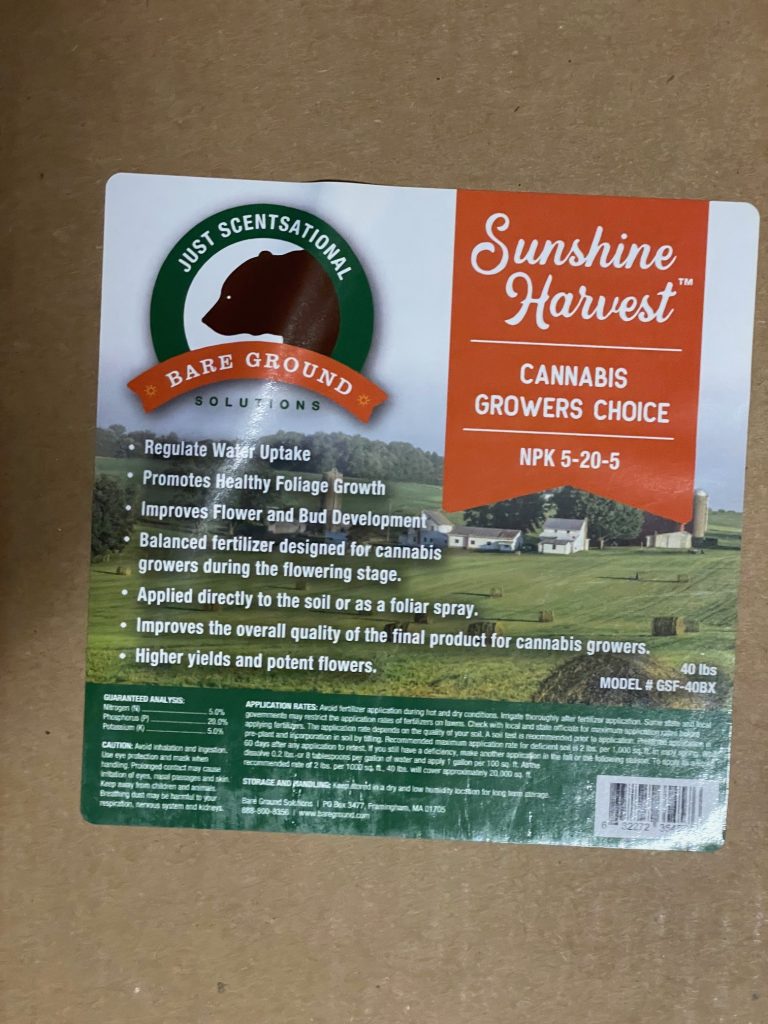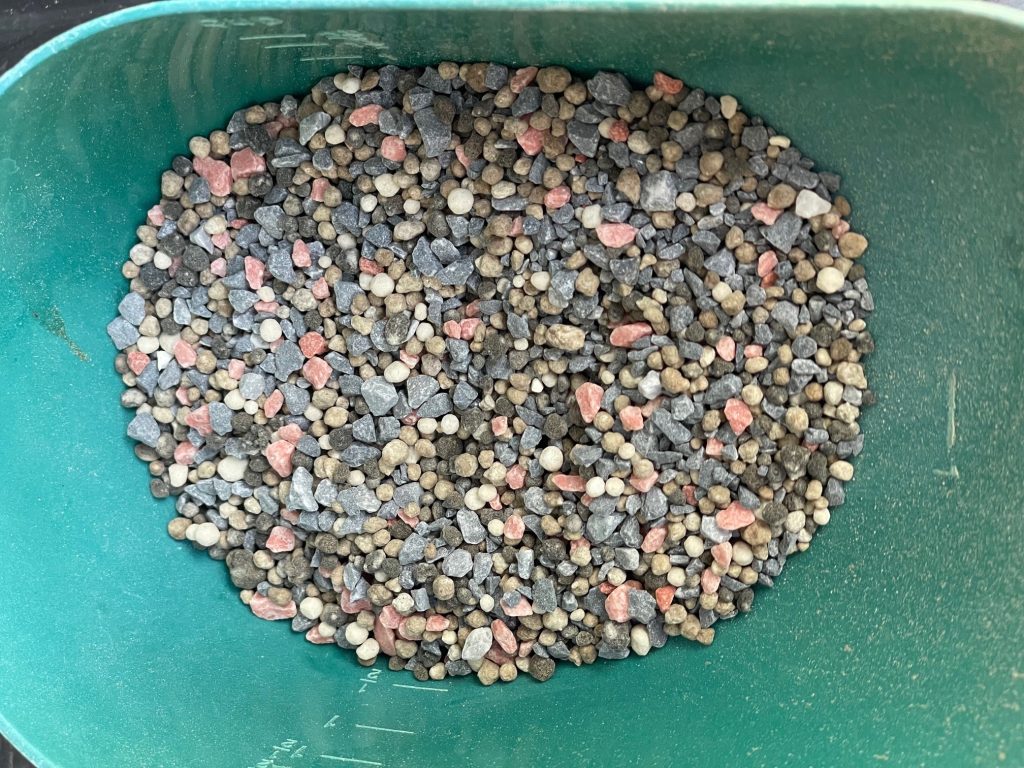Q. A couple months ago I saw this 5-20-5 fertilizer and thought I would give it a try. This stuff works a week after application and lasts about 3 weeks!! Which makes me wonder how the soil affects these chemical fertilizers and how plants obtain their benefits. My west facing Arabian Jasmine are doing better than they should.

A. I have a theory that plants in better health can withstand more adverse conditions than they can if they are in poorer health. I also believe that some fertilizer that contains some “organics” (soil) in it are better for most plants growing in the desert than if they are when growing in unamended desert soil. If this fertilizer has an “organic” content, then that could explain the difference. Your fertilizer is not the case. It appears to have no “soil organics” in it.
A lot of that, along with plant health, is “hit or miss”, particularly with fertilizers. It is known that the organic content of the soil has quite a bit to do with fertilizer activity (pH activity, “saltiness” it contains). I don’t remember the organic content of your soil, but Arabian jasmine should be high enough in “organics” to get fertilizers to work effectively. (The organic content of a soil is usually tied to its color. The same is true for fertilizers containing soil.)
Try not to confuse the term “organic” (as it applies to soil) and its application to food. In this case, two different uses of “organic” are being used. There is a difference between the “organics” of the soil, and “organic” fertilizer applications (which makes food “organic”). If there is an “organic content” with this fertilizer, then the results could be from the “organics” of the fertilizer, more than whether the fertilizer is from “organic” sources or not.

In the US, the white fertilizer is nitrogen, the dark colored fertilizer (grey, brown or black) is primarily phosphorus, and the reddish or pink fertilizer probably contains potassium. Nitrogen fertilizers are made while phosphorus and potassium fertilizers are mined. By screening and then combining the same-sized fertilizers together the manufacturer gets a “fertilizer blend” such as 5-20-5.